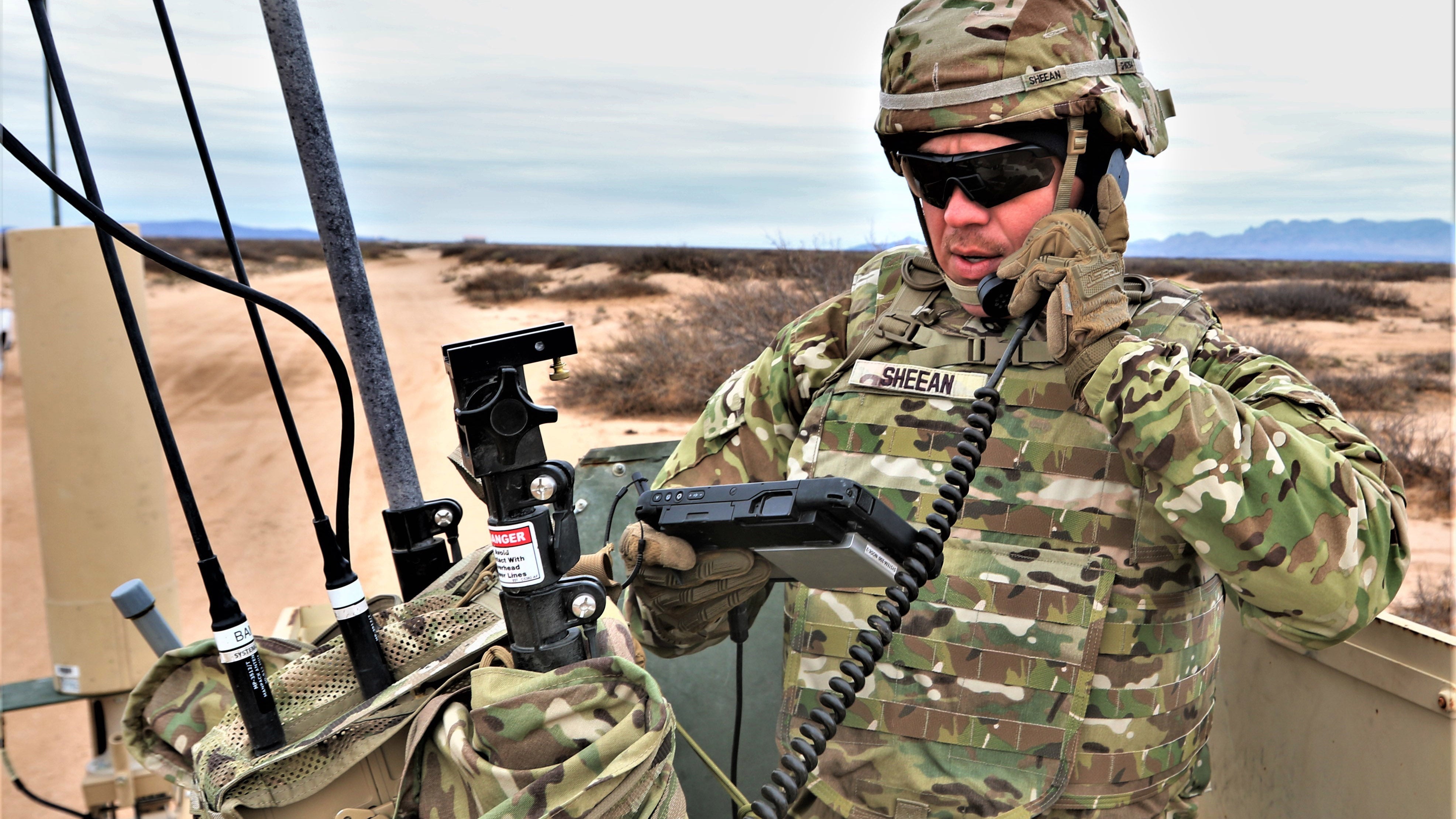Army Intel Prepares for Complex Environment
Army Intel Prepares for Complex Environment

The Army’s intelligence corps is focused on people, readiness, modernization and relationships with allies and partners as it prepares to compete in an increasingly complex environment.
“In the 31 years I’ve been in the Army, the strategic environment has never been more complex or, quite frankly, ... harder to assess,” Lt. Gen. Laura Potter, the Army deputy chief of staff for intelligence, said March 10 during The AUSA Noon Report, a webinar hosted by the Association of the U.S. Army.
Despite advances in counterterrorism capabilities, particularly after almost two decades of fighting in Iraq and Afghanistan, the U.S. and many of its allies face a “long, enduring challenge” against “persistent” threats, she said.
These challenges range from China, Russia and North Korea to climate change and natural disasters, Potter said. The Army also has learned critical lessons from the COVID-19 pandemic and how pandemics can “affect other nations and our own,” she said.
Army leaders also continue to focus on information operations, whether it’s illicit activity or misinformation and disinformation, Potter said. “Information operations is a whole dynamic we have to spend a lot of energy on, and from an intelligence perspective can be very, very difficult to assess,” she said.
To prepare for the future battlefield, the Army’s intelligence community is taking a close look at how it can best support the force, Potter said. “It’s our responsibility to make sure we can deliver intelligence at echelon,” she said, supporting commanders in great-power competition while also being ready to respond in a crisis.
One key to the effort, in addition to building cohesive military intelligence teams, is determining what the Army needs its intelligence analysts to do to keep up in the 21st century, Potter said. The Army needs analysts who can sift through large volumes of data quickly, are savvy with emerging technologies such as machine learning, and can interpret “vast quantities” of information, she said.
“If you think of the volumes of data that we have to analyze, the speed with which we will have to analyze it, and the way we have to synchronize for high-end conflict, we really need to look at what those analysts skills look like,” Potter said.
Intelligence soldiers and units also must be able to support commanders—from combatant commanders to corps and division commanders—around the world, she said, while leveraging the latest technology.
Any equipment the Army puts in the field must be able to “do the sophisticated intel it needs to do against” peer adversaries,” Potter said.
The Army also needs a “deliberate approach” to bring policy, technology and people together, she said, adding that it will improve information and data sharing while building trust with partners and allies—a “particularly important” pillar of the intel community.
“In every one of the theaters across the globe, what are we doing to build that person to person relationship?” Potter said.

